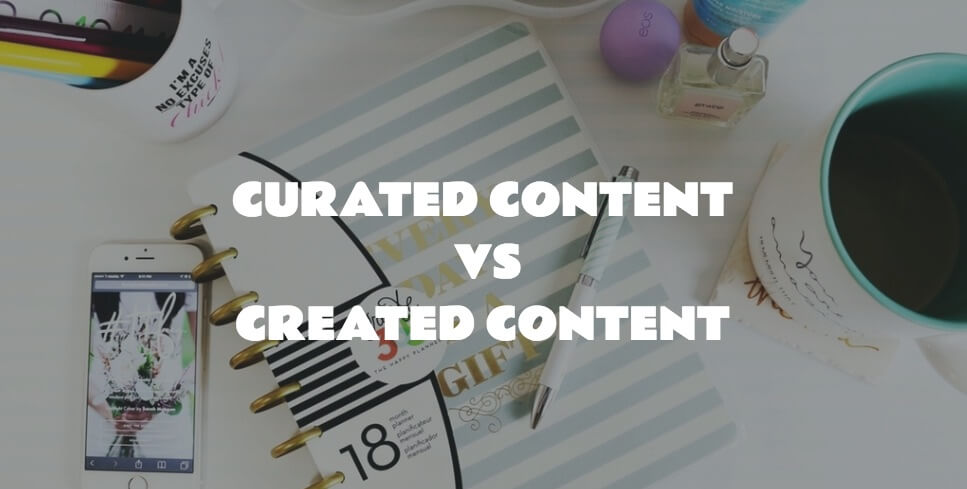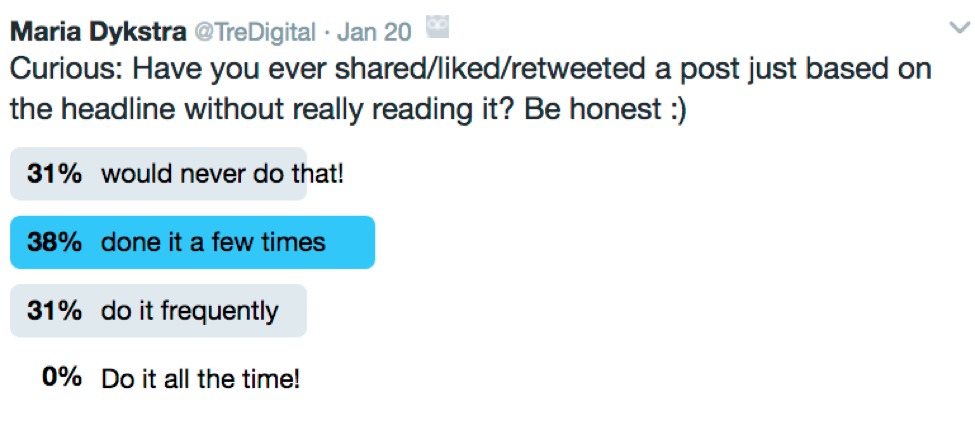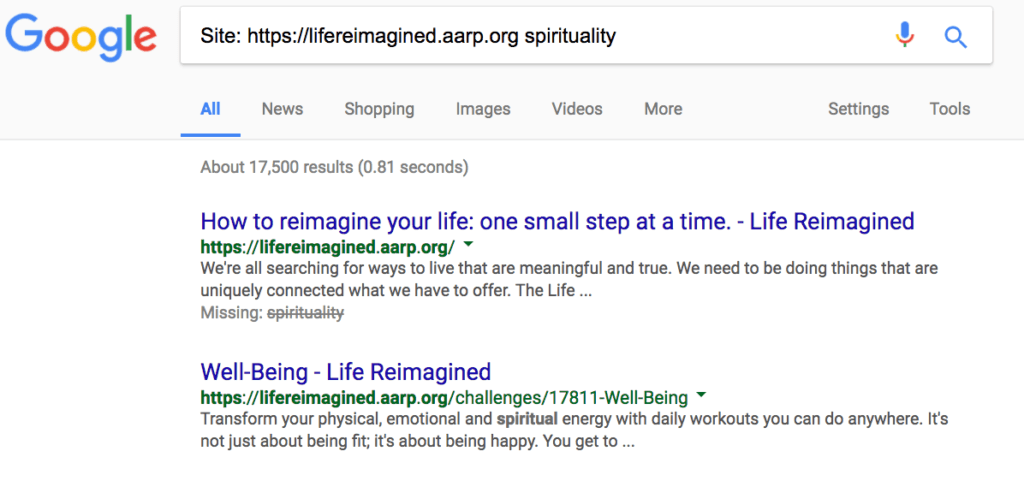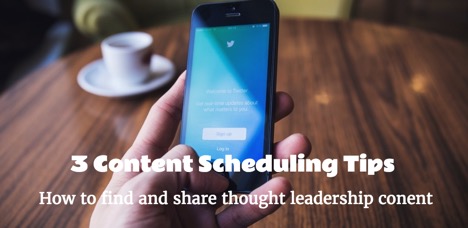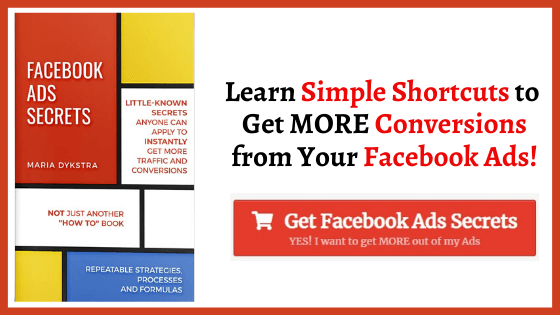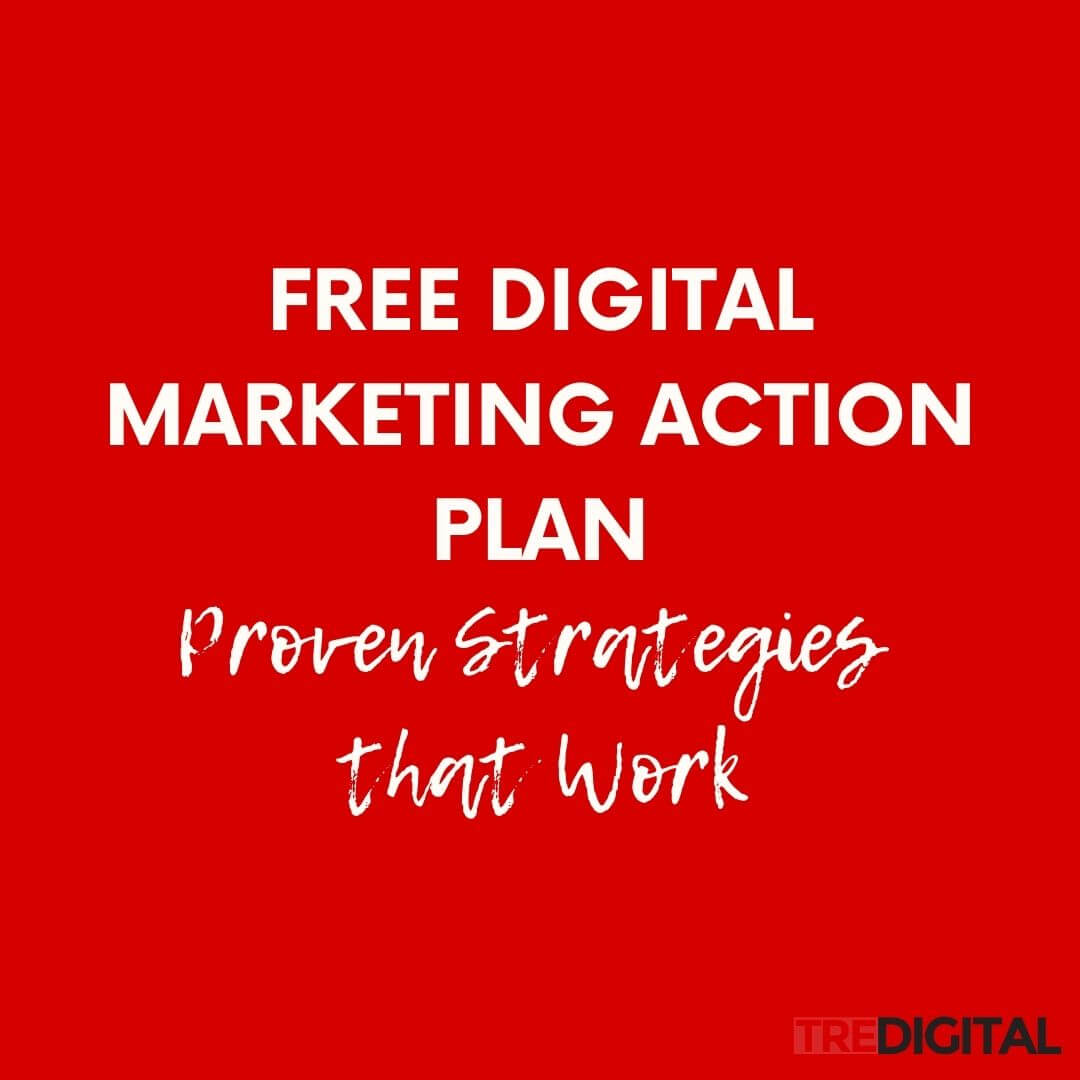The real secret to being an influencer is in learning how to curate outstanding content.
This post will help those of you already on your influence-building journey. It will only work if you believe in the “fake it until you make it” approach.
To become an influencer you will need to learn about content strategies. If you design and execute a simple content curation and sharing strategy, you will position yourself as an influencer even before you are ready.
But first let’s look at a few definitions….
Table of Contents
ToggleWho are Industry Influencers?
Industry Influencers are people who regularly share compelling content via their digital platform (typically, social media – Twitter, LinkedIn, Facebook, blogs and email). The interesting content they share attracts audiences and, by default positioning them as experts.
We admire these influencers, we follow them, and of course, we subscribe to their feeds….
We also have a tendency to think it is VERY difficult to do.
What most people do not realize is this; a lot of that content is not unique or even produced by the influencer themselves.
The majority of these influencers (even those who create their own content) share well chosen 3rd party content, and that helps them to stand out.
Curated Content vs. Created Content. What is the difference?
You may already know, but there is a difference between Curation and Creation of content:
Curated content = summary of articles written by other leaders in the field. Requires reading through a large pool of content to identify the highest-quality, most relevant articles, books, links and posts, then sharing a short summary or a link to the post.
Typically, curated content appears as social media posts, summary presentations, summary blog posts or emails.
There is not a lot of unique information included in these posts, but there is still an incredible amount of value.
The value of curation is in pre-sorting, pre-validating content; testing it for relevance and accuracy.
The curator does the “validating” job for the reader, so the reader can sit back, relax and enjoy the proverbial flight (i.e. reading quality, relevant content).
Created Content = unique pieces of content written by you and your team. Typically, these are original blog posts, white papers, eBooks and slide decks. These blogs may include some of the 3rd party links and materials. However, links are included in support of the original points, not as the main program itself.
The answer to becoming an influencer is to learn how to hone your skills in identifying, then curating high-quality content for your particular niche. It does not require you to create your own content off the bat.
How to find compelling content
It is no longer enough just to use auto-scheduling content services, similar to Drumup.
Klout and Buffer are also great “content filler” tools.
In addition to scheduling, these tools recommend content to share. Using these tools will help you with scheduling consistency, but not the authority.
As an influencer, you want to share more meaningful content than simple “10 ways to do X, Y & Z” types of posts.
Look for publications that do a really good job of curating in-depth, quality content.
Email Digests
The Hustle – While they position their target audience as male, and under 34, I find the relevance of their content very compelling, I also appreciate the style of the writing; Somewhat dry and sarcastic.
Quibb – Creates a ‘personal recommendations’ digest tailored to your individual preferences.
Medium Digest – Sends a list of top trending articles + top articles for people you follow.
Right Relevance – A digest aimed at discovering relevant content, with automatically curated news, blogs and announcements.
Pocket Hits – A wealth of categories, with the most shared, loved and viewed stories clearly presented for you to get your curating teeth into.
If you are struggling to find a newsletter relevant to your industry, you may want to check out Inside.com.
Lists and Online Communities
Finding top influencers in the industry and sharing their content has an added benefit. Besides building your own content foundation, you are also building relationships with the influencers.
In addition to great content, these great places are great for finding influencers
Twitter lists – You can create your own lists or subscribe to the ones that are already created. Just Google “twitter list <your industry>” and you will find plenty of relevant lists.
LinkedIn Groups – People opt-in into LinkedIn Groups that match their interests. These are highly specialized communities. Some people are passive observers, others are more active in sharing content. To find influencers, look for people who educate and inspire vs. sell.
Google Groups – Similar to LinkedIn Groups, these are organized around the interests. Just like with LinkedIn,
Niche Communities (Quora, Reddit, etc) – These communities are excellent sourcing for learning top questions and concerns. Reading through the comments will help you determine types of content your audience is seeking.
Digital Magazines
Digital magazines are a consistently reliable resource for organizing your content. With well defined niches, these are an important weapon in your battle for influence.
Digg Readers – A powerful RSS reader that features the best articles on the internet organized by your (and your readers) interests.
Flipboard – Posited as a digital magazine, it is a centralized place for all news, topics, and latest content in your industry.
After the initial set up of feeds and your own sources, you will have access to a consolidated view of content you subscribe to.
How to recognize quality content (without having to read every word)
Many people believe that the number of social shares automatically equals excellent content.
Do not be fooled by a sensational headline. A great headline is a start, but you need to dive into the meat of the post to establish its quality.
We ran a quick poll. It turns out that over 60% of people will share content without ever reading it.
The headline will get the content noticed, but it may not be the in-depth type of content you are looking for.
Top Things to Look for in Great Content
To position yourself as an industry influencer, you will also need to share thought-provoking content that is focused on helping your audience navigate your industry. Quality content will typically include:
- Well researched posts (posts that have several links to high-authority external sites).
- Posts which are practical and packed with useful information.
- Blogs over 1,000 words contain the best information (latest studies suggest blogs over 2,000 characters.
There are some exceptions to the rule. Seth Godin, for example, always writes short posts. But his 2-3 paragraphs pack more punch than a 2,000-word generic blog.
Shortcuts for finding content from trusted sites
Finding quality content can be hard, especially if you are in a hurry. Learn a few shortcuts that will help you find and evaluate your content fast.
If you are looking for specific type of content from a site known for great materials. You can type site: URLofTheSite Keyword to find specific content on a specific site.
Example
Site: https://lifereimagined.aarp.org spirituality
To quickly scan content for “banned” words, use a CTR+F shortcut (or Command + F on a Mac). Type the words in the search bar to spot questionable content in the article without having to read through it completely.
How to Consistently Share High-Quality Curated Content – 3 Scheduling Shortcuts
Now that you have your sources of information organized, it is time to create a process for sharing this content via your social media profiles.
There are quite a few social media scheduling tools. You do not need to learn about all of them. Rather, think about the most efficient way of integrating scheduling into your daily process.
Shortcut 1 – Use Chrome Extensions to go from reading to scheduling in one click
If you read a lot and at all times, it will be easier for you to find great materials.
Get into a habit of sharing articles you find interesting via your social media. Use Buffer Chrome extension to easily add articles you are reading to the Buffer Queue without leaving the article.
Buffer Extension will auto-schedule your post for the next available slot and will allow you to select up to 4 images for your post. (I typically just use one).
It even has a built-in image creation/editing tool (PabloApp) = you can create stunning images in just a few clicks, just like the image below.
Shortcut 2 – Save and organize articles to read (or share later)
If you would like to save the article you are reading for later, consider using either Pocket or Evernote.
Pocket creates a library of articles for review later at leisure. It allows you to organize articles via its tags.
Just like Buffer (and many other apps), it has a Chrome extension. Whenever you stumble onto an interesting article while browsing social media or searching for something online, you can add the article to your Pocket library with just a click of a button.
Evernote includes a bit more structure than Pocket.
It is an excellent platform to organize content for future use. Evernote has a sophisticated structure with Notes, Notebooks, etc. and the rich text format editor for adding images and formatting text. It can help you with organizing 3rd party research for creating original content (once you are ready)
Shortcut 3 – Recycle some of your previous articles.
You may have noticed that some influencers repeat their content every once in a while (at times, they repeat it as often as every 8 hours).
Vala Afshar, Chief Digital Evangelist for Salesforce, is particularly good at content sharing and recycling. He sends several tweets every hour. Each of these Tweets are high-quality, data-intense materials, allowing him to gather a following of over 600K fans.
So how does he do it?
He takes one of the data-rich articles and then splits it into many individual tweets that he (or I should say his social media team) schedules over time.
He (or his team) took an original article and created a series of tweets like the one below, giving full credit to the author.
The secret is again in using scheduling tools to help randomize your posts, so there is some time between the posts related to the same article.
Using similar approach, you can create a series of social media posts to drive more traffic to your site. Once you write a blog, create 10-25 individual social media posts and a schedule for sharing content.
Recurpost will help you automatically cycle through content. Buffer will also help identify your most popular content, so you can rebuffer it for the future.
Before you go wild recycling the posts, bear in mind that some social media platforms are more tolerant of repetition than others.
Twitter can take a lot of repetition, but cycle through the same articles more than 1x month on Facebook and 1x quarter on LinkedIn.
Furthermore, if you are posting your articles to the micro-communities (LinkedIn Groups, Google Groups, Reddit or Quora), stay away from overly promotional materials and do not repeat your own articles.
CONCLUSION
Coming across as an Influencer on Social Media is a lot easier than you may have originally thought. You do need to read a lot, but your job will be exponentially easier if you know how to organize your sources, how to recognize great material and how to schedule these materials.
Ready to Grow YOUR Influence online? Set up a FREE 15-min strategy session to discuss what we can do for you.

